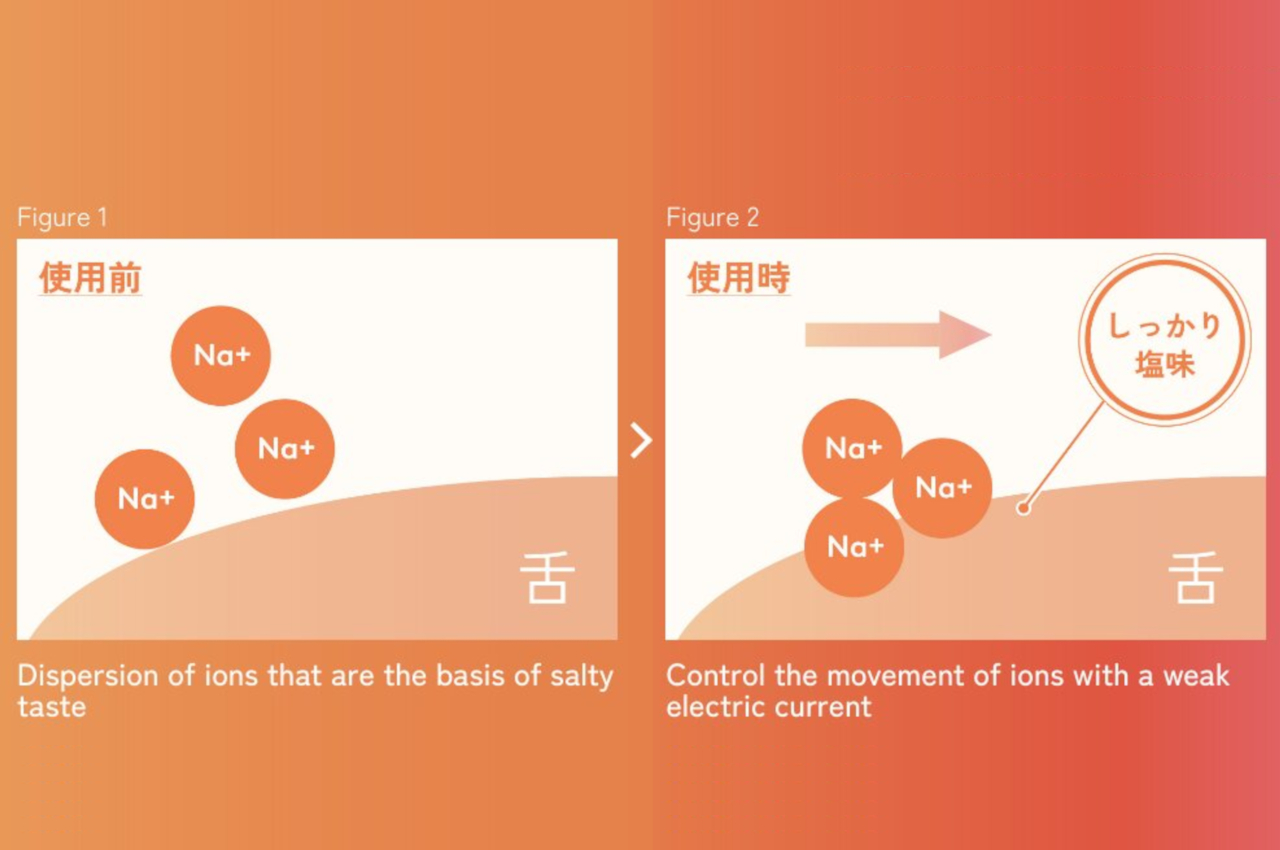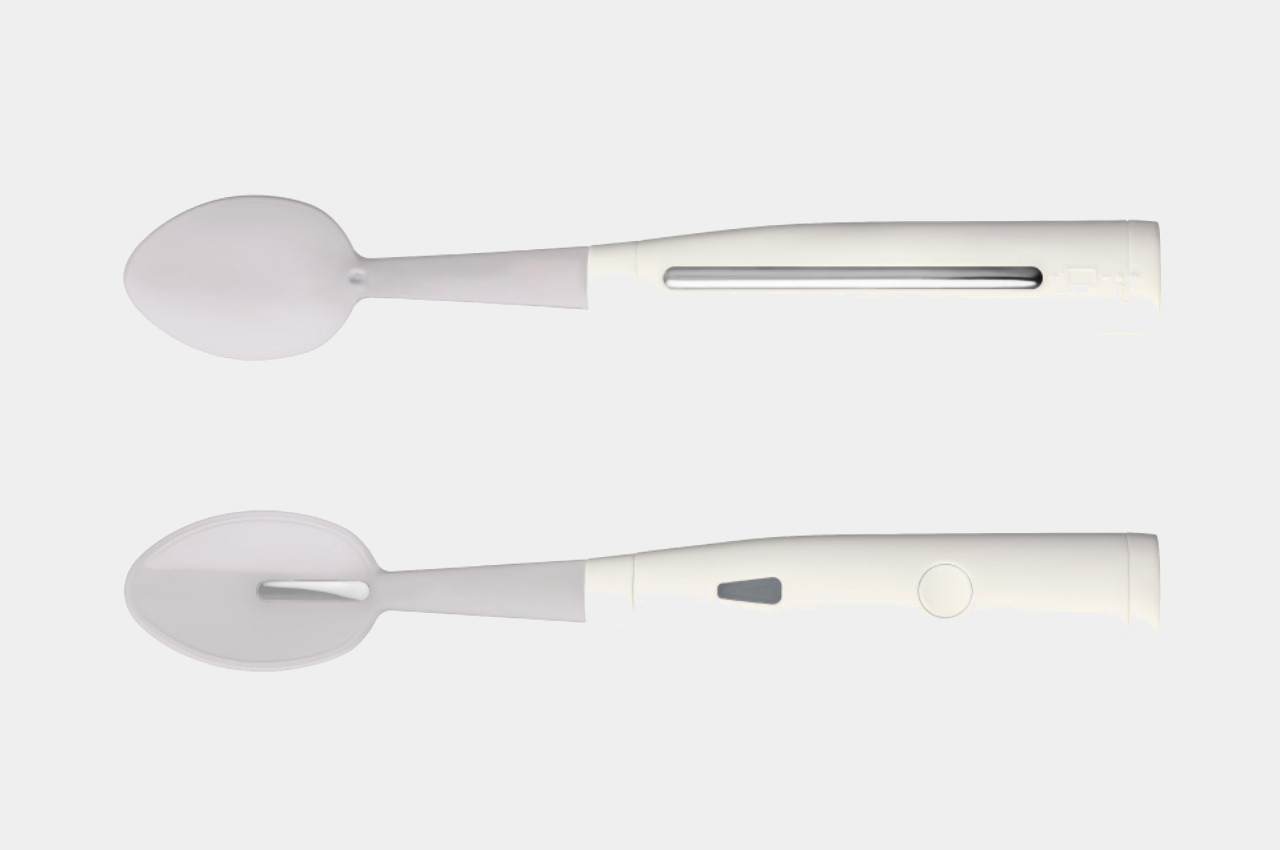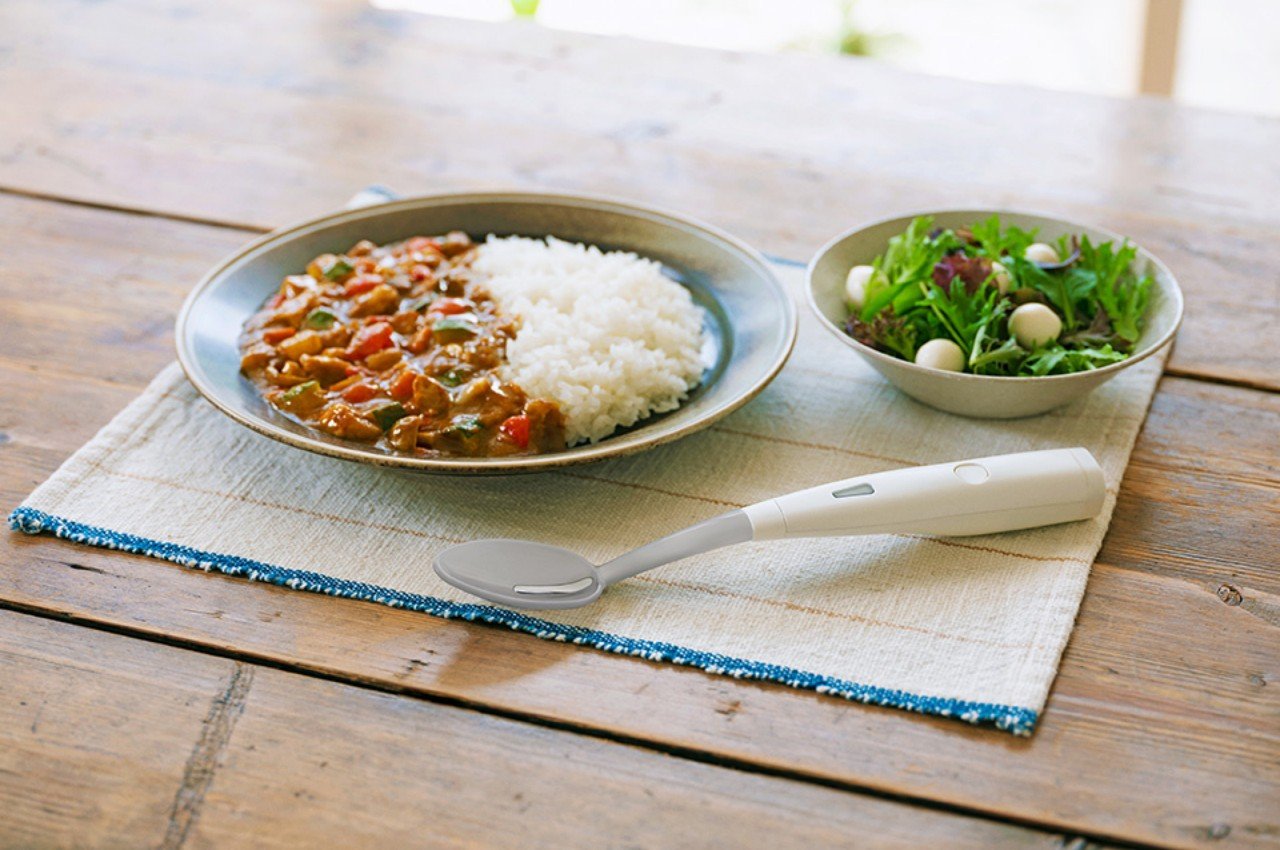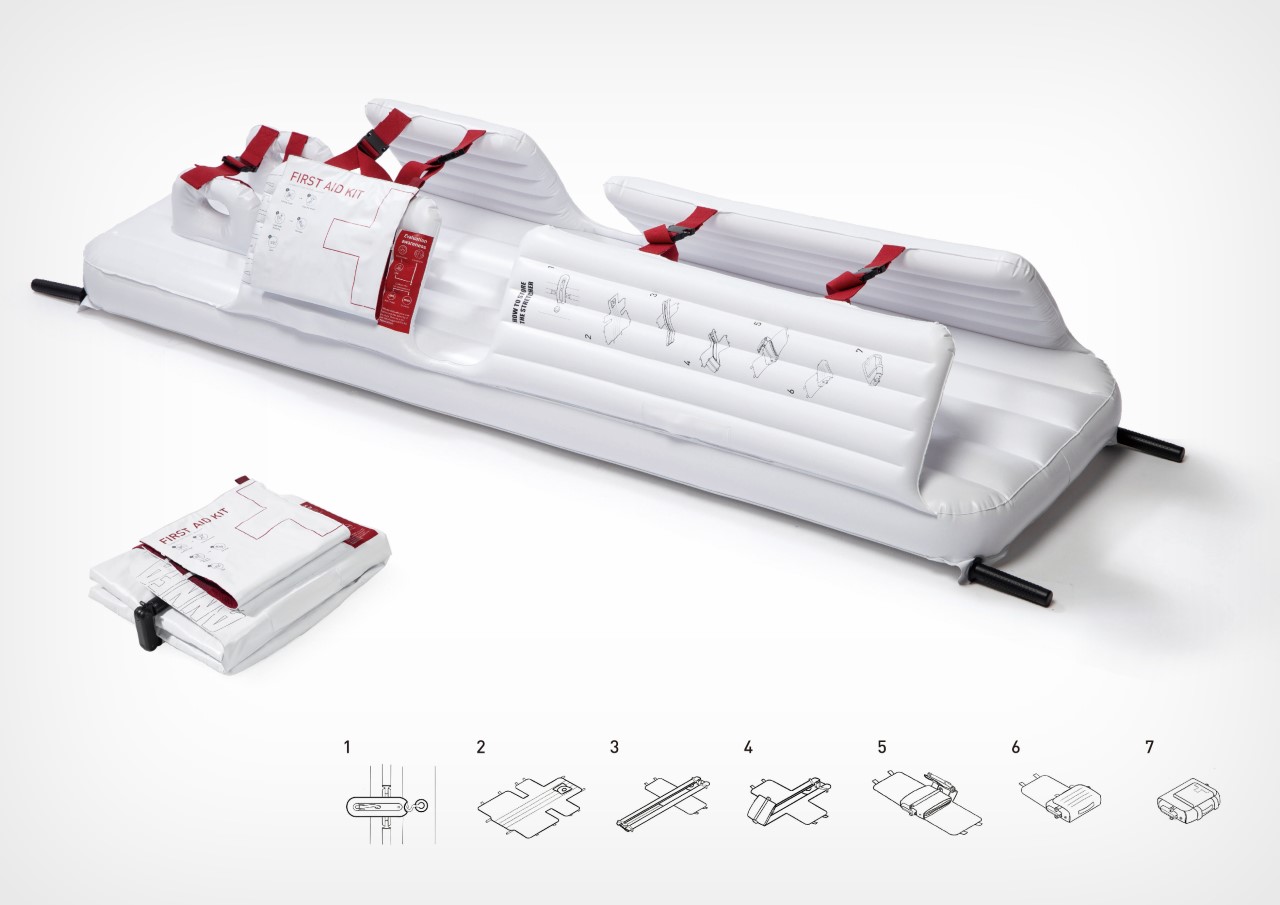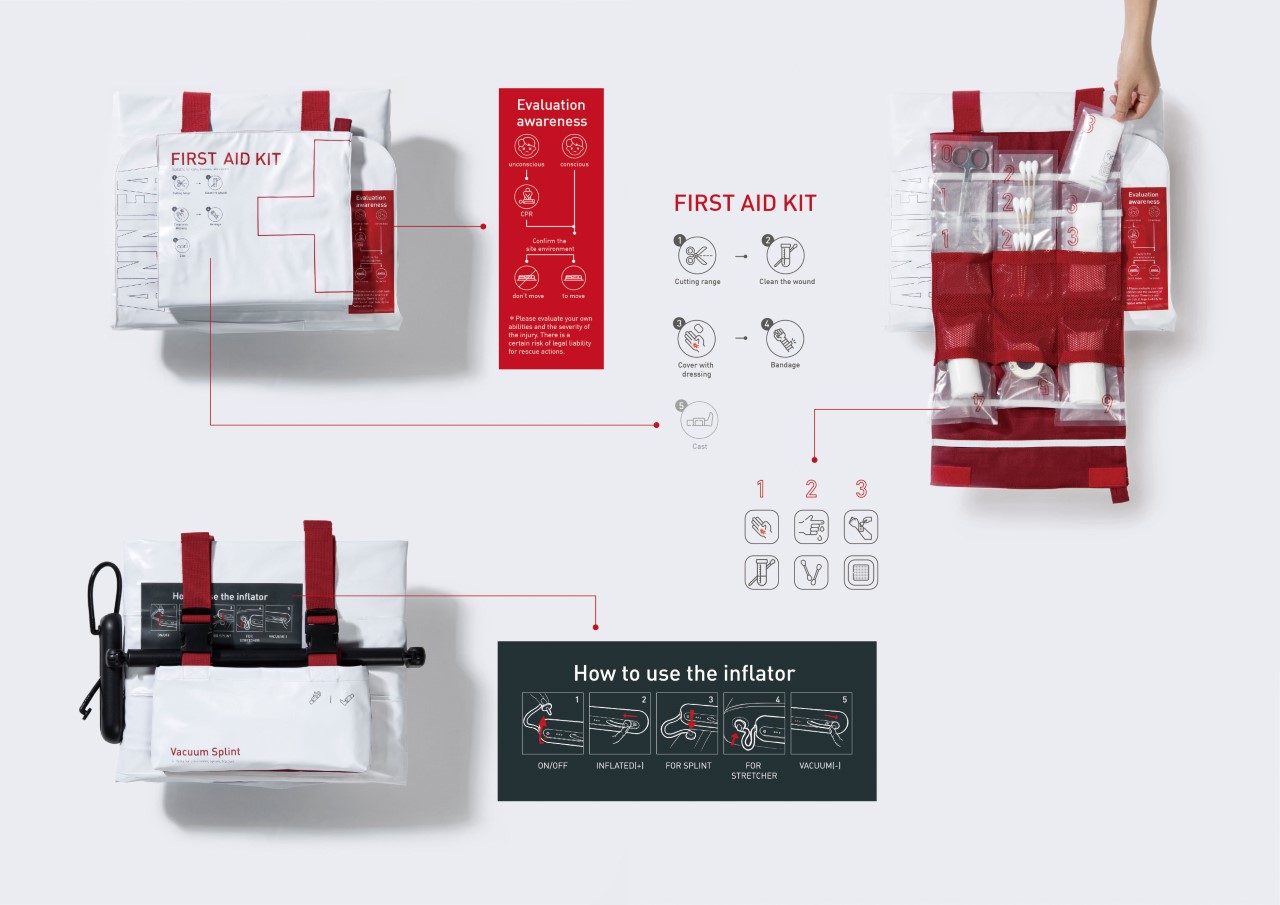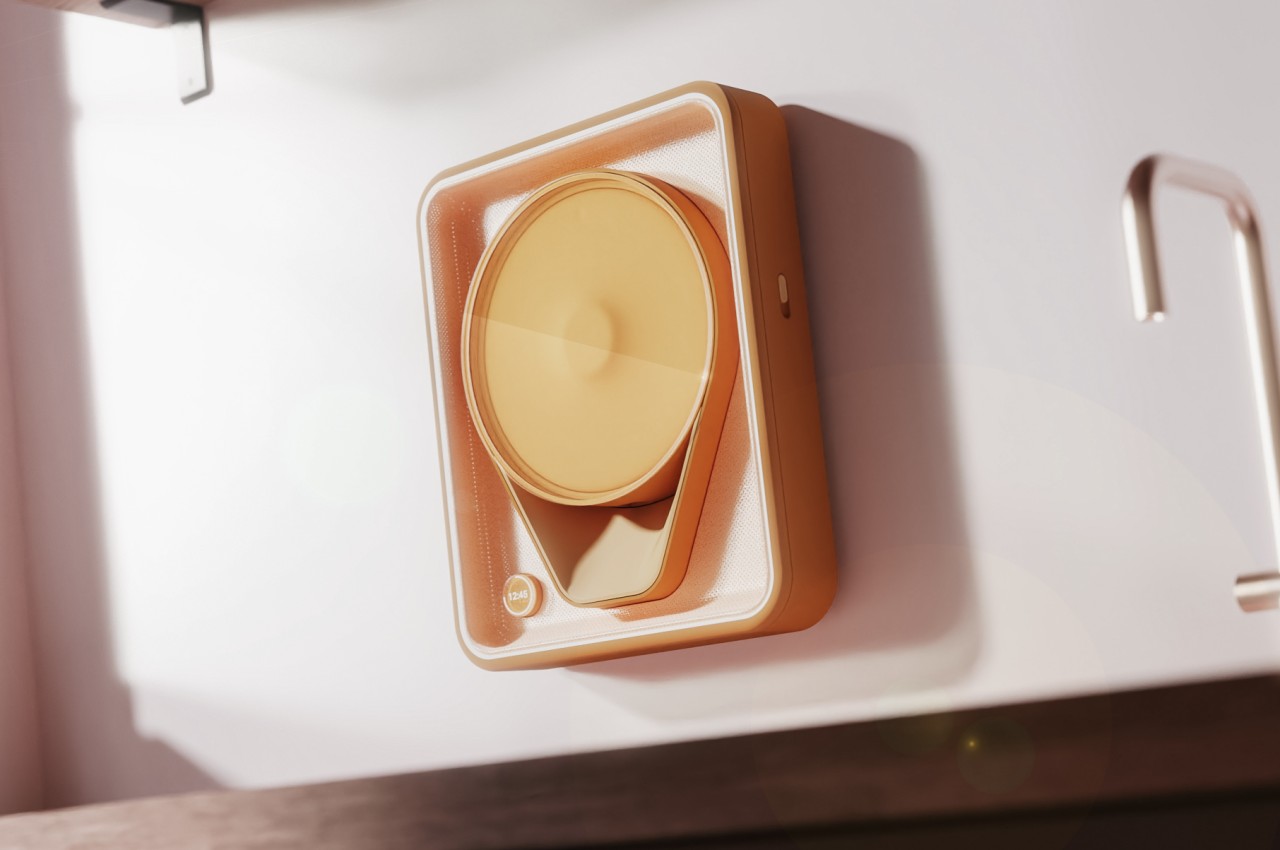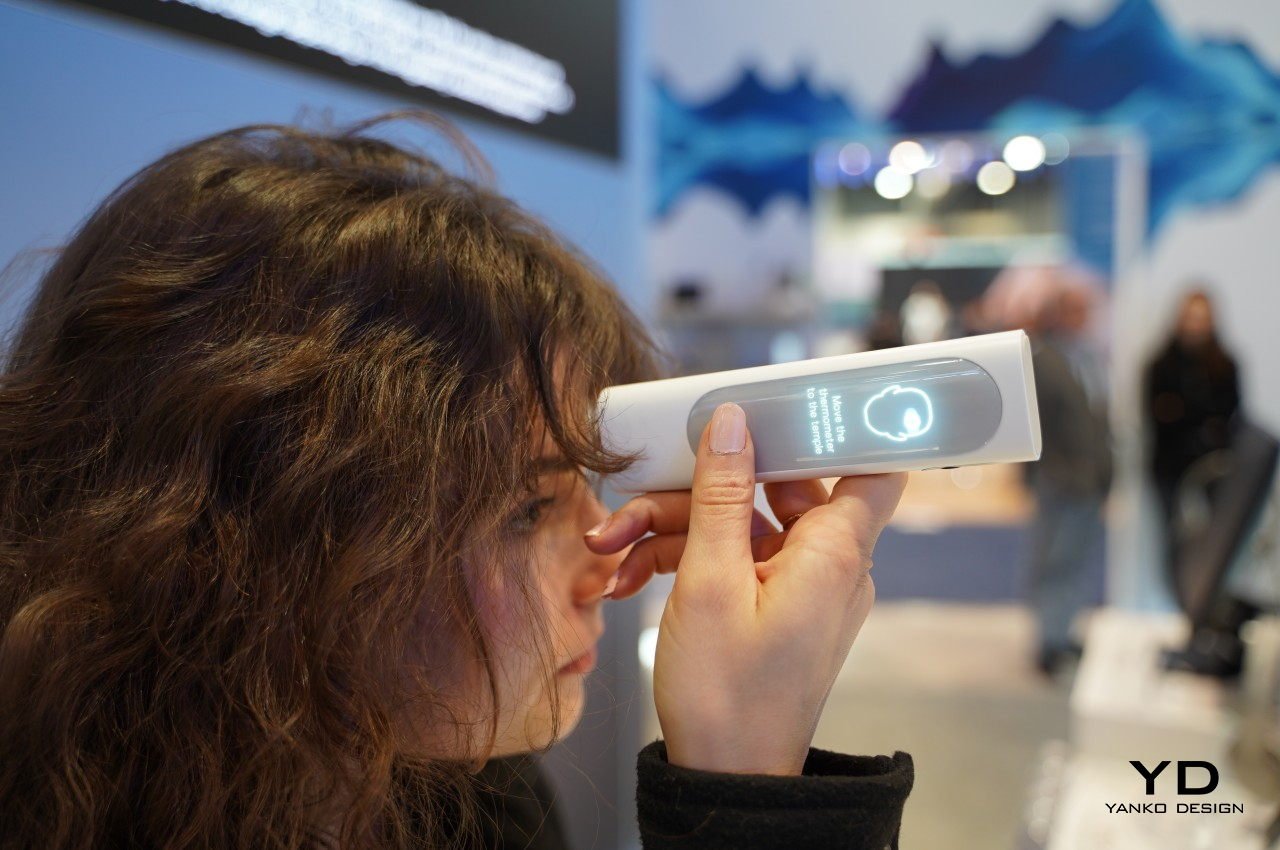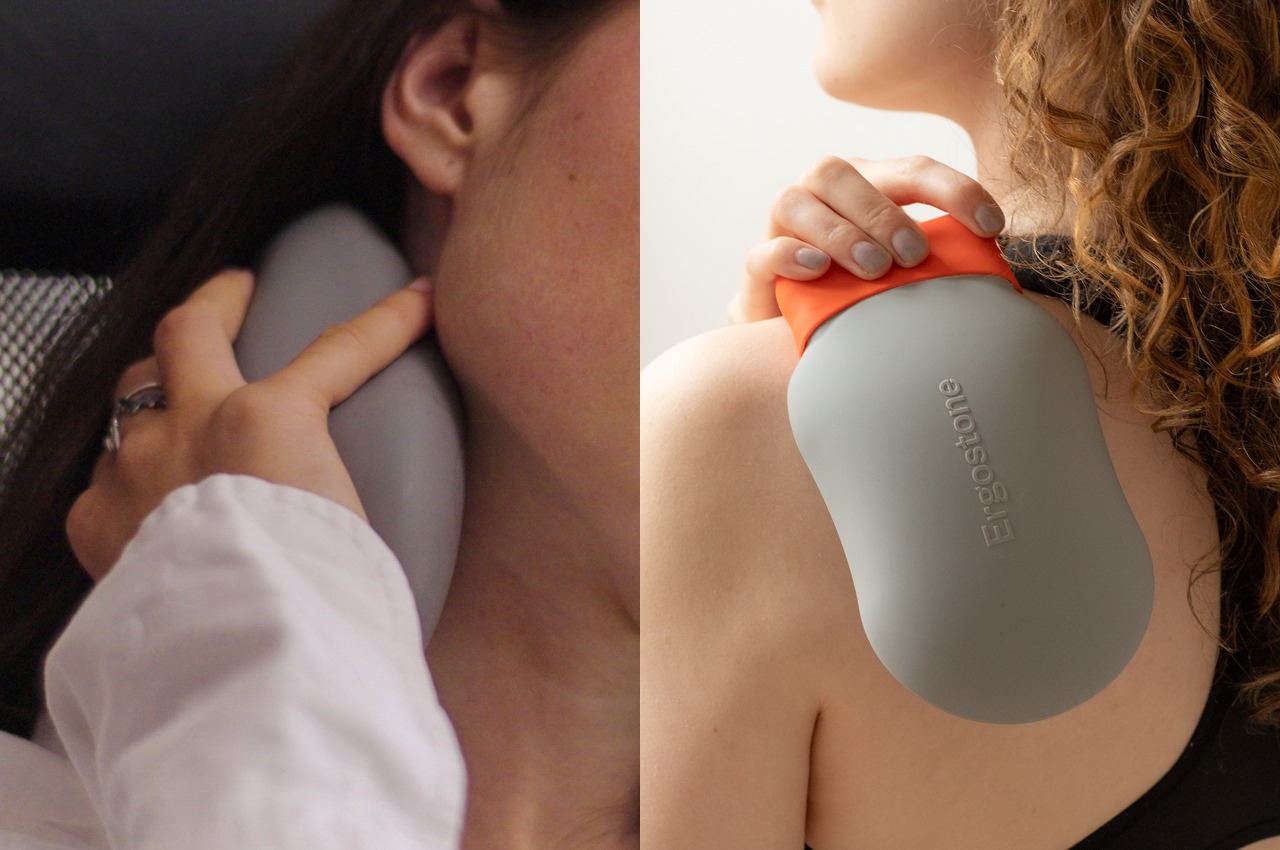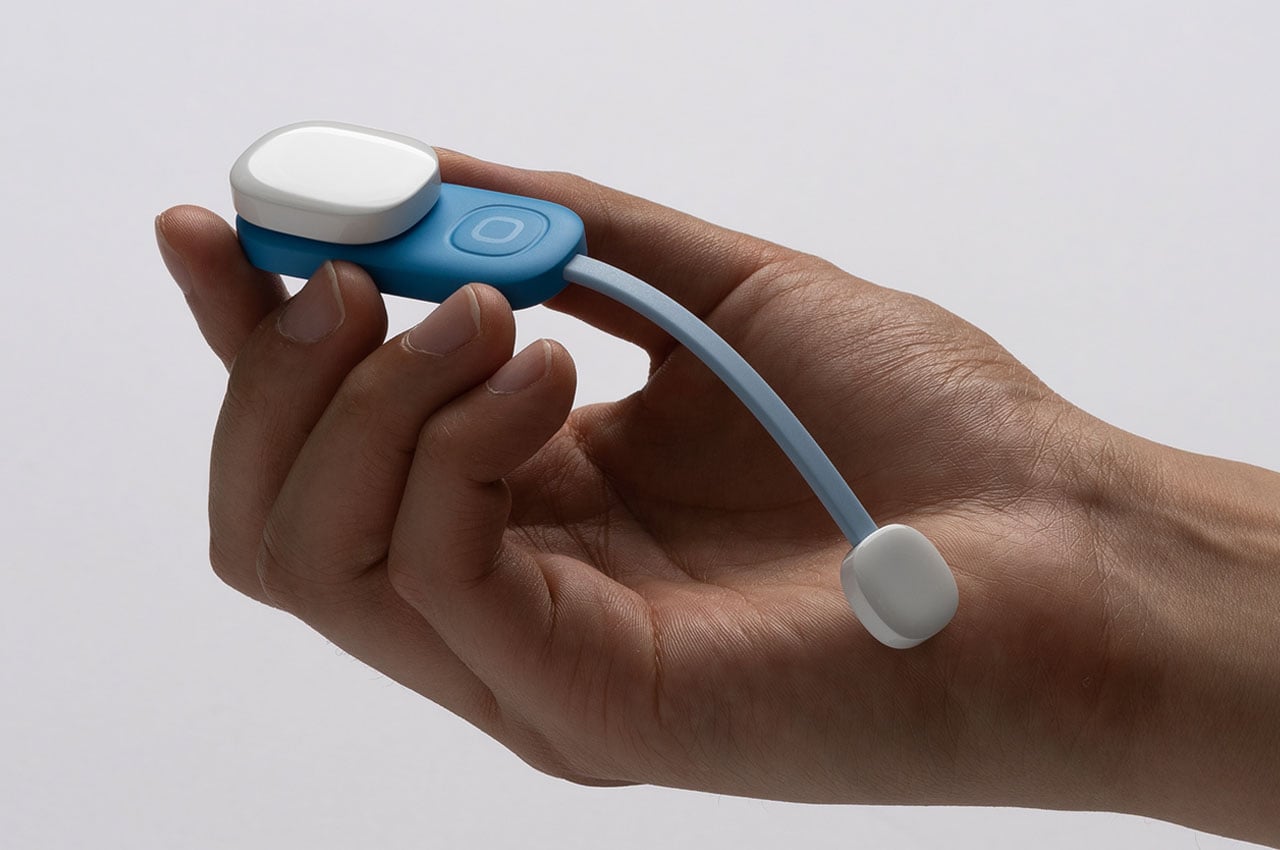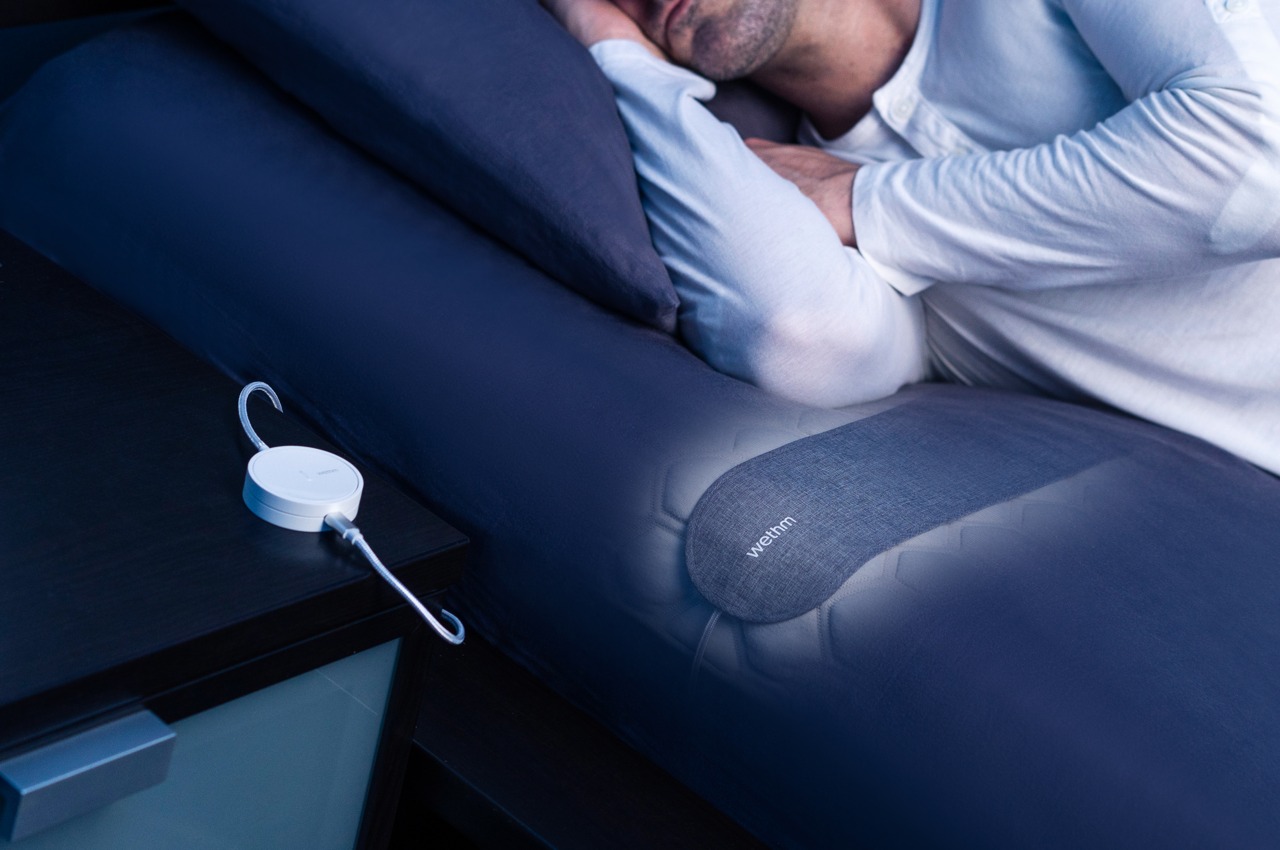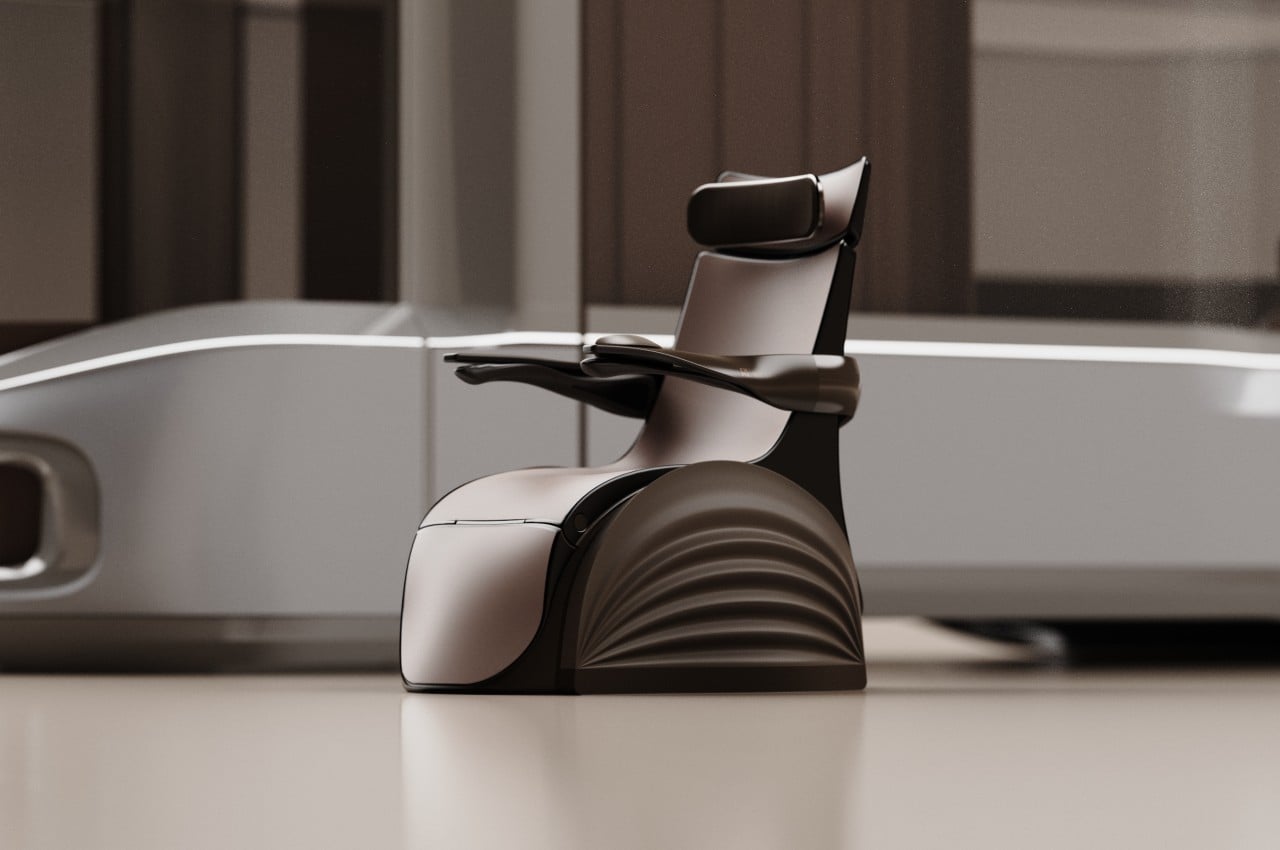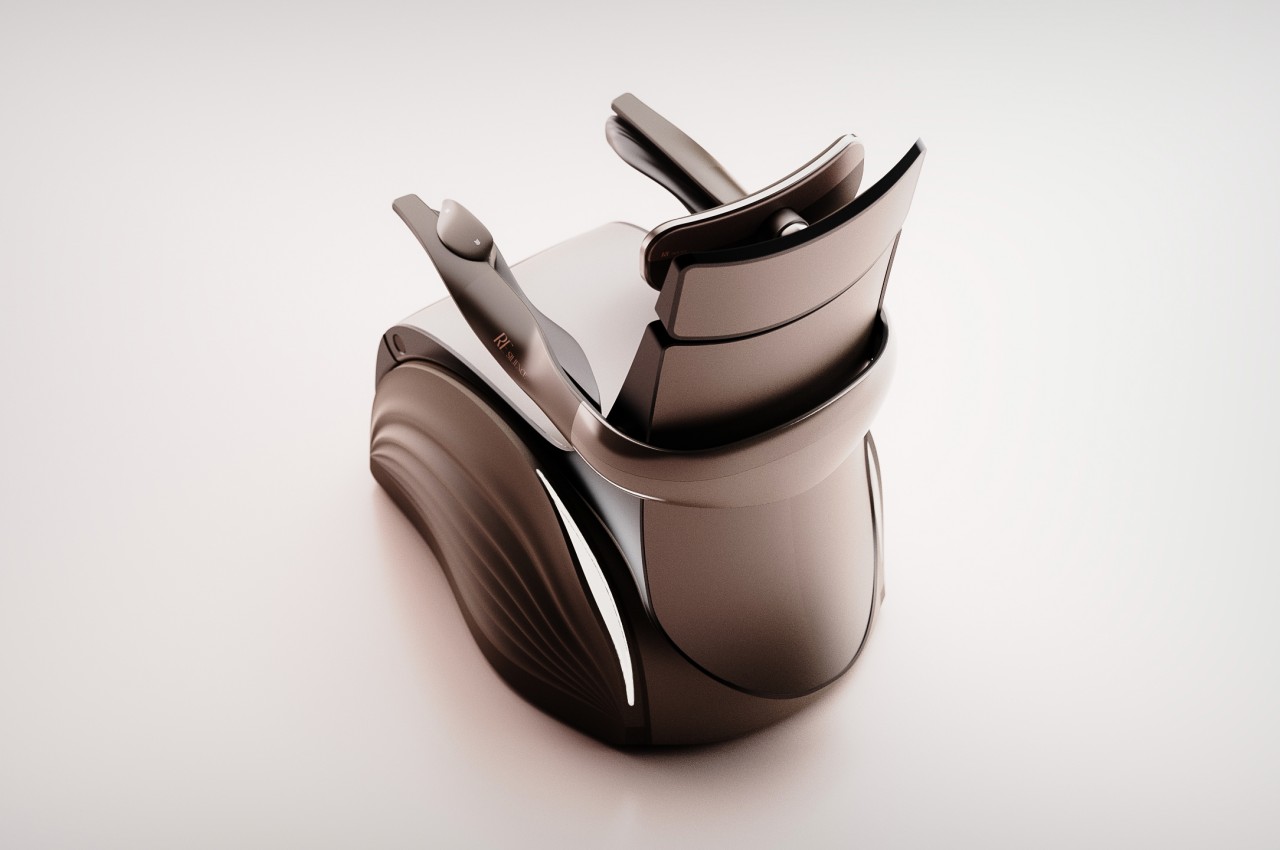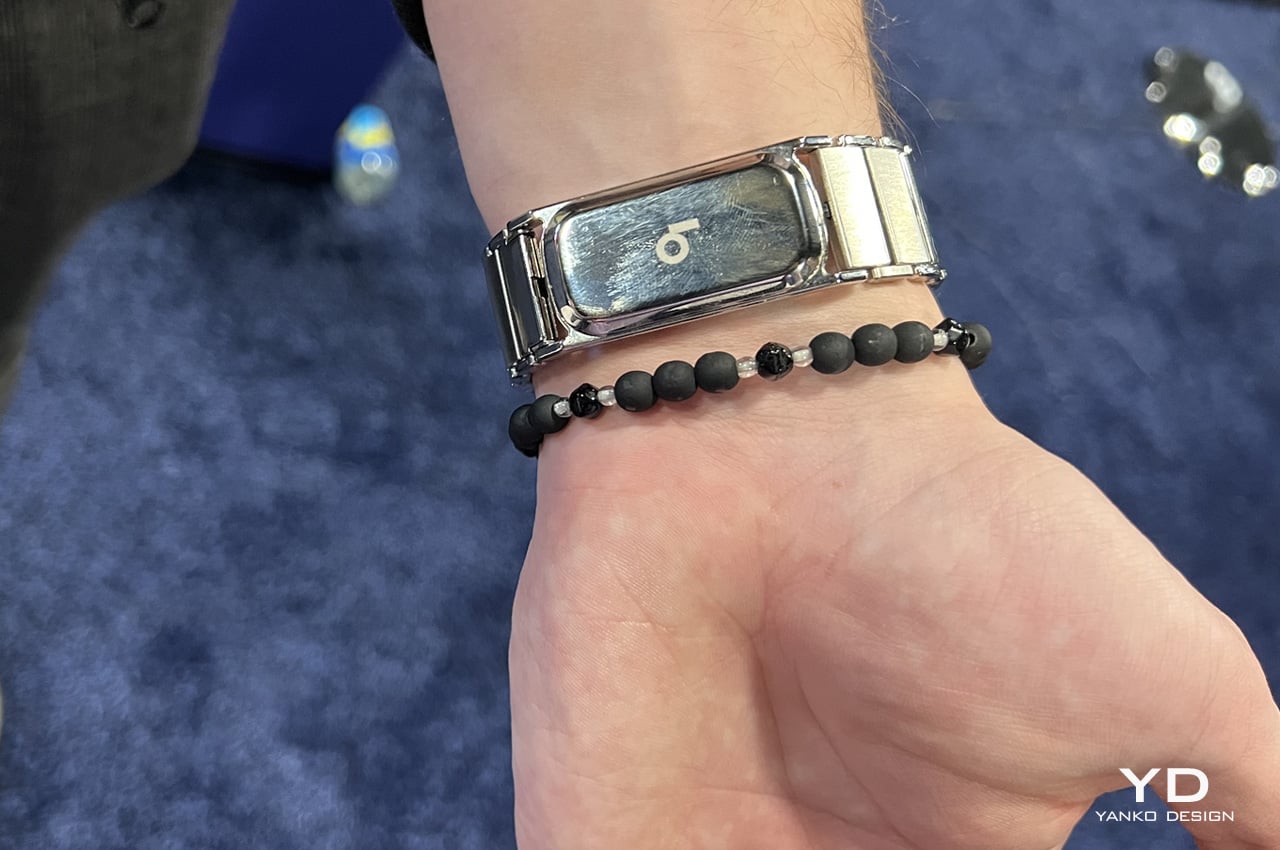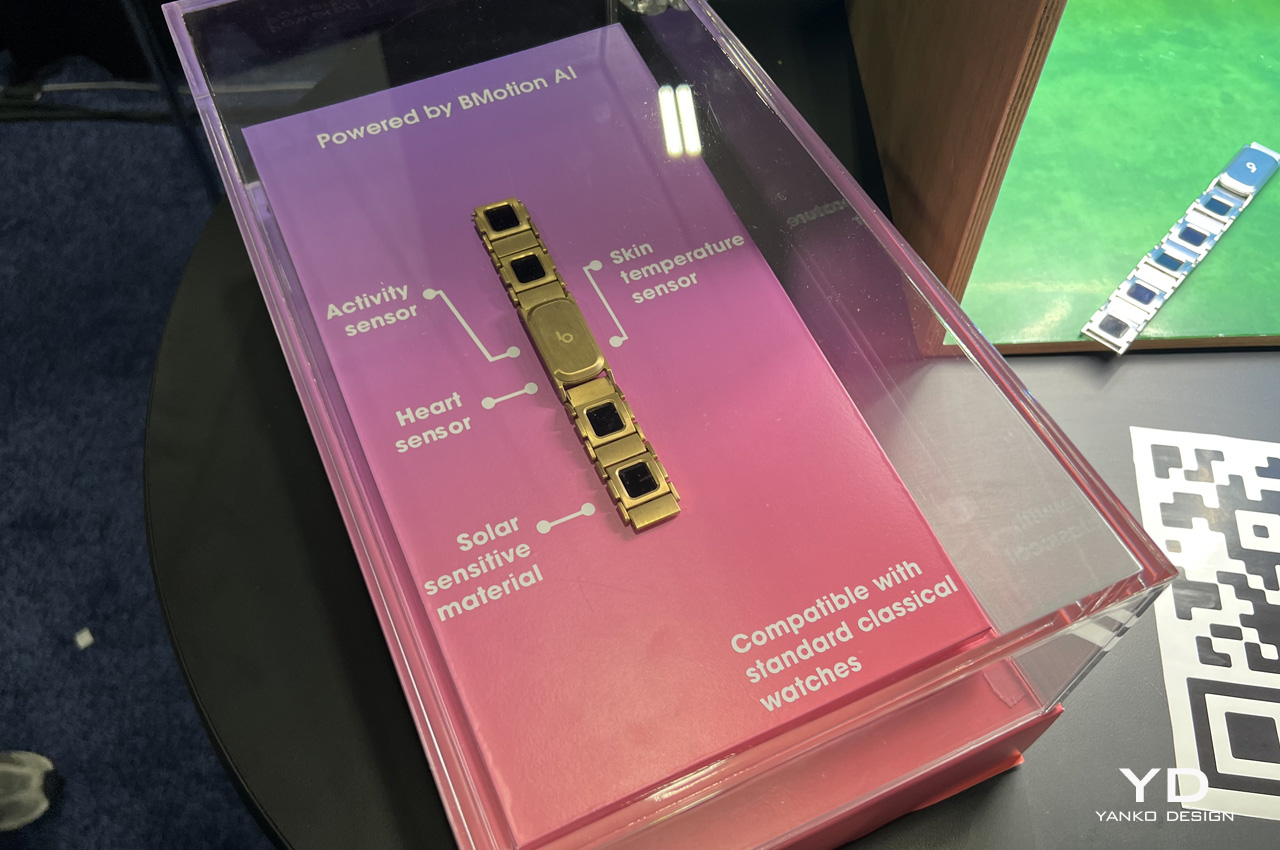Serious concerns have been raised about the effect of social media on teenagers’ mental well-being. Meta is letting a group of researchers examine some of Instagram’s data to determine if social media is psychologically damaging younger users.
The Verge reported that the Center for Open Science (COS) is launching a new joint pilot program with Meta to produce independent studies about how social media affects teenagers’ mental health.
The Instagram Data Access Pilot for Well-Being Research program will conduct “independent academic” research using up to six months of Instagram data to determine the “potential positive or negative associations of Instagram use” among teens and young adults. The study will also examine the positive and negative differences of large populations across the world and the causes of “statistical relationships between Instagram and social or emotional health,” according to the program’s website.
The data researchers can access may include an Instagram user’s followers and the accounts they follow, account settings and the amount of time they spend on the photo sharing service. The researchers will not have access to users’ demographic information or the contents of their posts and comments. The data will come from accounts based in 24 countries including the US and UK, according to the request for proposal (RFP).
Other scientific studies conducted by researchers from the Massachusetts Institute of Technology (MIT) and New York University and Stanford have found parallel links between social media use and the state of a person’s mental health. The link earned greater awareness last year when Arturo Béjar, a former director of engineering for Protect and Care at Facebook, testified before a Senate Judiciary subcommittee that he alerted the company and its CEO Mark Zuckerberg by email of the dangers their product could have on young people.
Béjar testified that seven days before the hearing, 13 percent of users on Instagram between the ages of 13-15 receive unwanted sexual advances. He also testified that his own 16-year-old daughter exhibited signs of a momentary decline in mental health when a user commented that she should “get back to the kitchen” under one of her posts.
A month before the hearing, 41 states filed a lawsuit against Meta for allegedly misleading the public about the potentially addictive nature of its platforms like Facebook and Instagram among teenagers.
"My experience, after sending that email and seeing what happened afterwards, is that they knew there were things they could do about it, they chose not to do them and we cannot trust them with our children," Béjar said during the hearing. "It's time for Congress to act. The evidence, I believe, is overwhelming."
This article originally appeared on Engadget at https://www.engadget.com/meta-gives-researchers-access-to-instagram-data-for-teen-mental-health-study-204322979.html?src=rss

